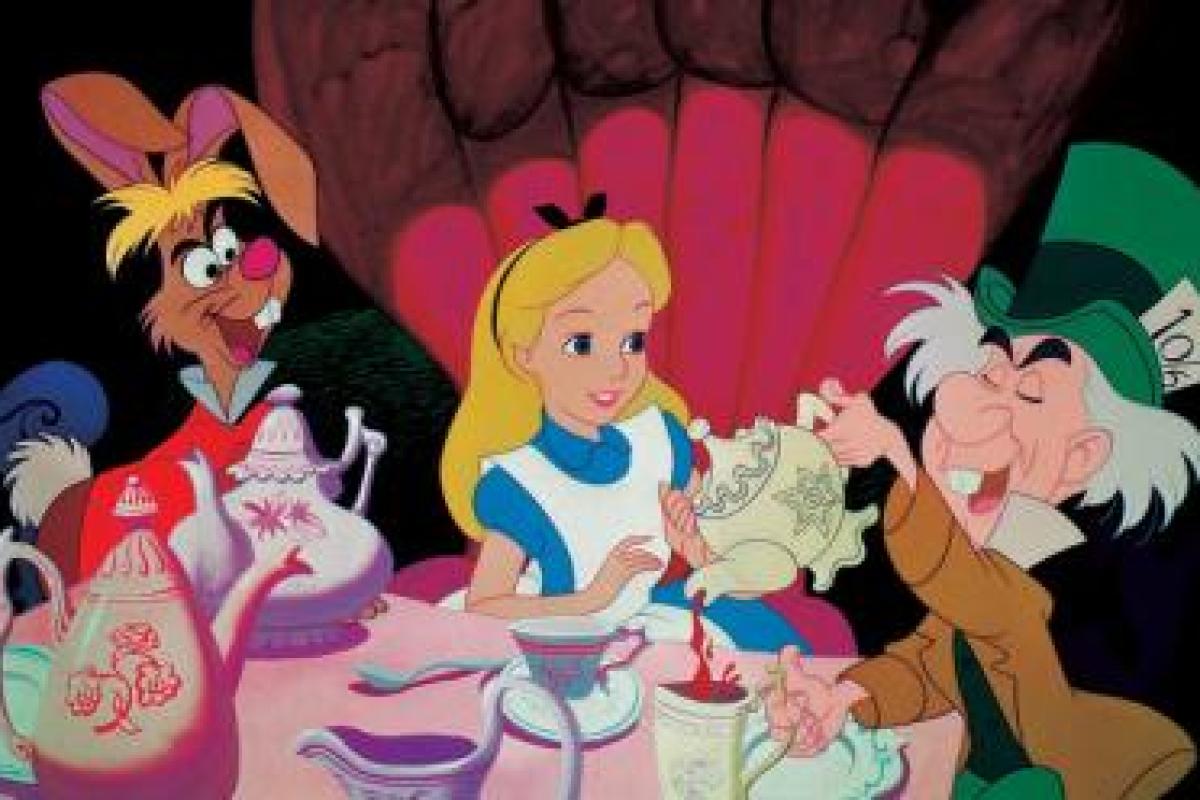In our last post we described the power that can be brought to story-telling by revealing the story behind the story. But it’s also very important not to misuse or abuse this technique. One of the most common story-telling errors is to focus too much on explaining all the underlying details of the story and, by doing so, downplay or hide the key message. In the worst case, the headlines may never be delivered at all !
The title of this post is a quote from Lewis Carroll’s Alice’s Adventures in Wonderland and it sums up the point perfectly. As marketers, communicators and story tellers we should all feel extremely passionate about the message to be delivered - remember our previous advice to live your story - in that way we can bring energy and inspiration to our story-telling.
The danger comes from knowing too much about your subject matter and falling into the trap of sharing everything, all the time. This can manifest itself in a number of ways :
-
Letting the proof points of a story overwhelm the key point you are trying to make
A common mistake in product presentations, advertising campaigns, and even resumes, is to spend too much time detailing all the different ways that your product is superior to the competition - working on the principle that the more reasons to believe you have, the better.
But really, if you need fifteen sales arguments to feel confident of winning its time to go back to the drawing board with your core proposition. Nobody will ever listen to you for that long and, by the time you reach the end of your story, the first points you made (usually the strongest ones) will almost always be forgotten.
When it comes to telling a compelling story, quality really does beat quantity every time.
-
Changing the story every time you tell it
So now you’ve been tough with yourself and decided to share only three key messages in your story. But, when faced with an embarrassment of riches in your sales arguments, there’s always a temptation to use different proof points each time the story is told.
This should be avoided at all costs. Rather than cumulatively adding to your audience’s perception of how good your story is, this lack of consistency will simply undermine the credibility of what you are saying and make the chances of audience recall significantly weaker.
Once you’ve found your core story, tell it over and over again. And when you’re tired of telling it, tell it some more!
-
Explaining the “how” of your story, without first stating the “what”
Perhaps the worst crime of all, this is the equivalent of a magician telling you how he is going to perform a magic trick without actually showing you the trick itself first. Guess what ! By the time you get to see the trick, if you already know how it’s done, it suddenly seems less impressive.
The same goes for your brand or marketing story. If you get into all the tiny details too quickly, without hammering home your key message first, all the magic will be lost and your story will have no impact at all.
Don’t be tempted into revealing the whys and wherefores of your story too early. Keep the magic alive as long as you can - focusing on the things which will have the most impact on the audience’s emotions. They’ll be sure to remember how your story made them feel and don’t worry, if you’ve tugged at their heartstrings, there’ll give you plenty of time to explain all the rational details later.
When telling your story, less really is more! Find a small number of your very strongest arguments and build your story so that they can be relentlessly repeated. Above all, focus on showing the magic - wowing your audience before explaining how it’s done.
This piece first appeared on Two Sides’s site here.
